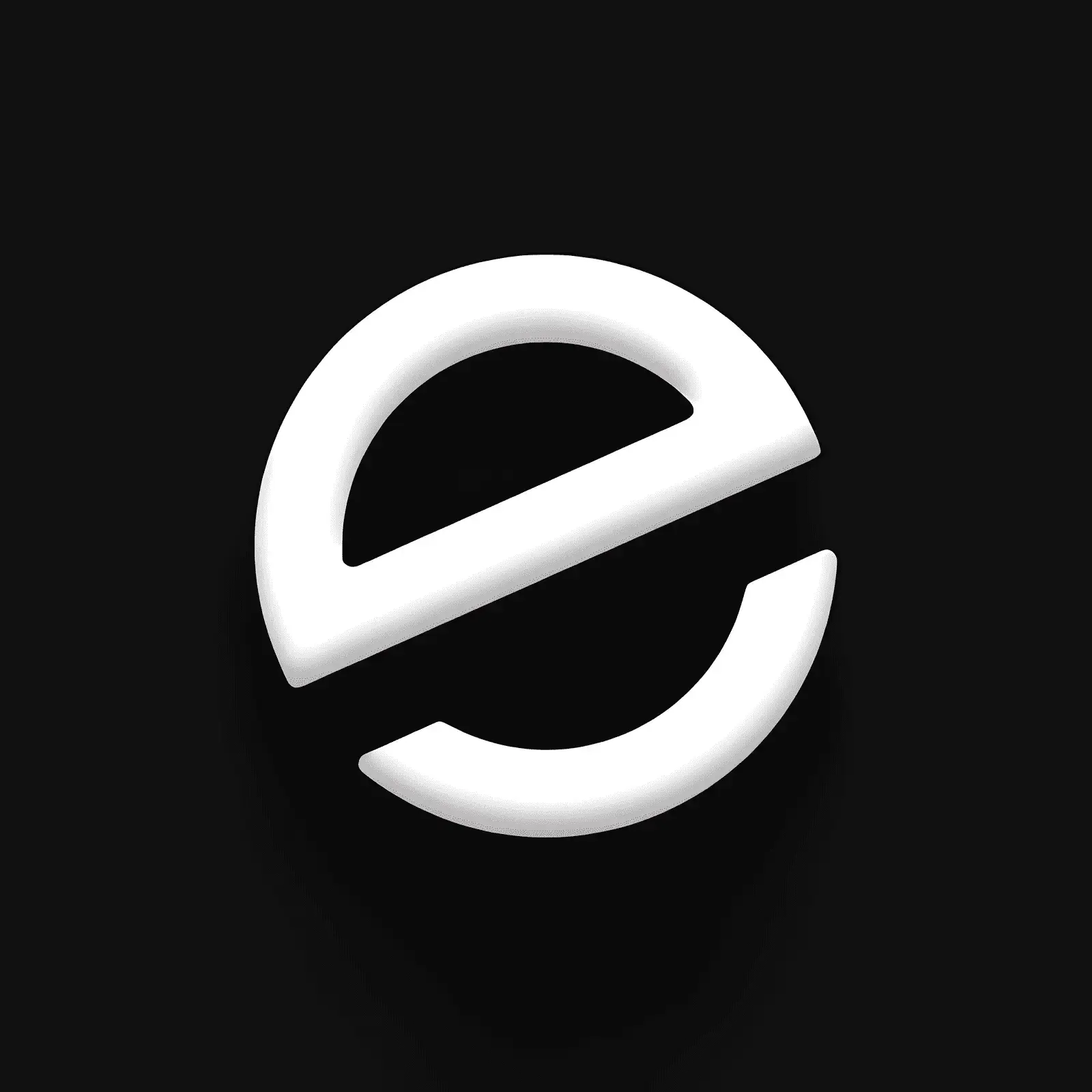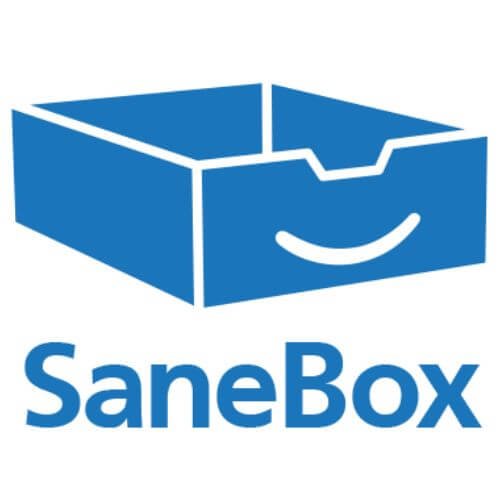Get better user research, faster wireframes, and UX writing help — all with smart AI prompts built for UX designers.
If you’re a UX designer looking to speed up workflows, brainstorm faster, or generate user personas without the guesswork, AI-powered UX design prompts can be your secret weapon. From wireframing ideas to usability testing feedback, these ChatGPT prompts are crafted to boost creativity and efficiency across the entire UX design process. Whether you’re freelancing or part of a product team, these prompts help you save time while improving user experience outcomes.
Act as a UX strategist. Generate a realistic user persona for the following product: [Insert product or service description]. Include:
- Name
- Age
- Location
- Occupation
- Goals
- Frustrations
- Motivations
- Preferred tools/platforms
- User behaviors
- A short fictional backstory
Ensure the persona feels research-based, with human traits and context.
Act as a senior UX researcher. Perform a UX audit for this [website/app]: [Insert URL or description]. Evaluate:
- Navigation structure
- Usability
- Mobile responsiveness
- Visual hierarchy
- Accessibility (WCAG 2.1)
- Overall user flow
Give your feedback in report format with issue severity (High, Medium, Low) and action steps for each.
Act as a creative UX designer. I have the following product idea: [Insert product concept]. Suggest a wireframe layout for the primary screen. Include:
- Key UI elements
- Navigation bar or menu
- Content hierarchy
- CTA buttons
- Layout structure (grid, cards, sidebars, etc.)
Focus on usability, clarity, and mobile-first design principles.
Act as a UX researcher. I need a usability testing script for [app/website/tool name]. The test will be done with [target audience]. Write:
- Welcome message
- Consent statement
- Task instructions (3–5 tasks)
- Follow-up questions
- Closing script
Ensure the tone is friendly, neutral, and easy to follow.
Act as a UX writer. Review and improve this microcopy: “[Insert original text].” Provide 3 rewritten options with the following principles:
- Clarity
- Empathy
- Brevity
- Actionability
Briefly explain why each version is more effective.
Act as a UX research analyst. Compare the UX of [Competitor A] and [Competitor B]. Analyze:
- Onboarding experience
- Navigation
- Page speed and performance
- Visual hierarchy
- Accessibility and inclusive design
Present the results in a table format, with pros/cons for each.
Act as a UX designer. Create a user journey map for a customer using a [type of product or service]. Include:
- Journey stages (Awareness, Consideration, Purchase, Use, Loyalty)
- User actions
- Emotions at each stage
- Touchpoints
- Pain points
- Opportunities to improve UX
Present it in a structured table format.
Act as a product designer. Help improve the user flow for this feature: [Describe feature]. Break the flow into logical steps and recommend improvements for:
- Fewer clicks
- Reduced friction
- Error prevention
- Clear call-to-actions
Include UX suggestions that make the journey seamless and intuitive.
Act as a UX accessibility consultant. Evaluate this layout: [Describe layout]. Check for:
- Color contrast
- Font size
- Keyboard navigation
- ARIA labels
- Screen reader compatibility
Recommend accessibility improvements based on WCAG 2.1 standards.
Act as a UX optimization expert. I want to A/B test the [UI element, e.g., call-to-action button] in my [app/website]. Suggest:
- 3 test variations
- A hypothesis for each
- Metrics to track (e.g., CTR, conversion rate)
Make the suggestions based on UX best practices.
Act as a UX product strategist. I have these features: [Insert feature list]. Use the MoSCoW method to categorize them:
- Must Have
- Should Have
- Could Have
- Won’t Have (for now)
Explain your reasoning for each classification based on user impact and UX value.
Act as a UX hiring manager. Review this UX case study: [Insert case study]. Provide feedback on:
- Storytelling structure
- Problem clarity
- Design decisions
- Visual presentation
- Results and outcomes
Suggest specific improvements to make the case study stand out to recruiters.
Steal these proven UX design prompts to supercharge your design thinking. Bookmark this page — your future self will thank you.
Subscribe & get free email of top 5 AI tools, prompts, and hacks
Includes: $99 Worth Templates of Task Manager, Goal Tracker & AI Prompt Starter Pack
We respect your privacy. No spam, unsubscribe anytime.

AI tool that improves writing with smart paraphrasing, grammar checks & image generation.

Build full-stack, production-ready software using plain-language prompts—no coding needed.

AI tool organizes your inbox by automatically sorting emails and reducing clutter.